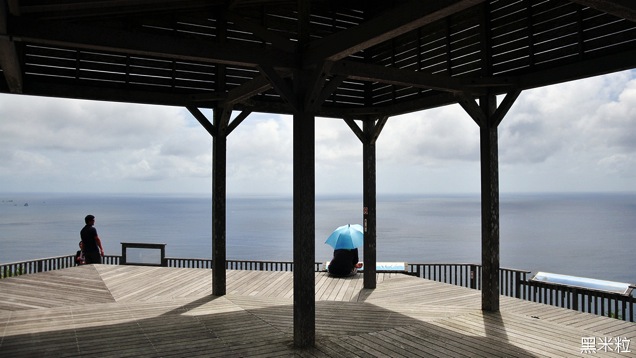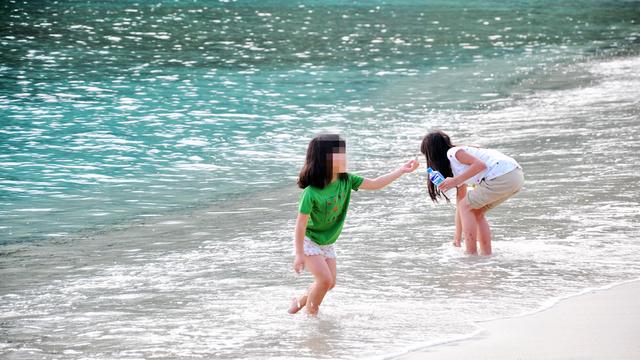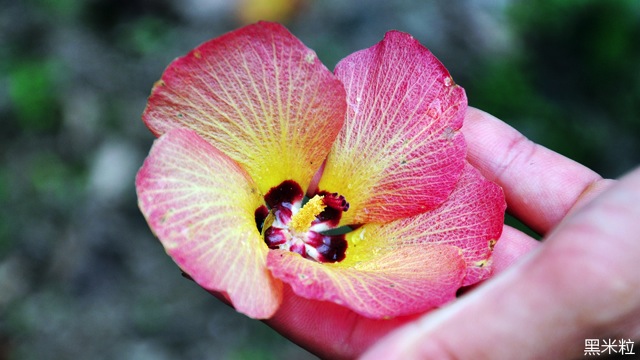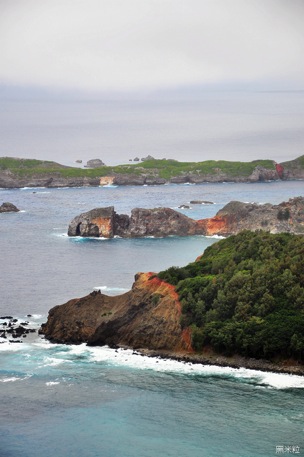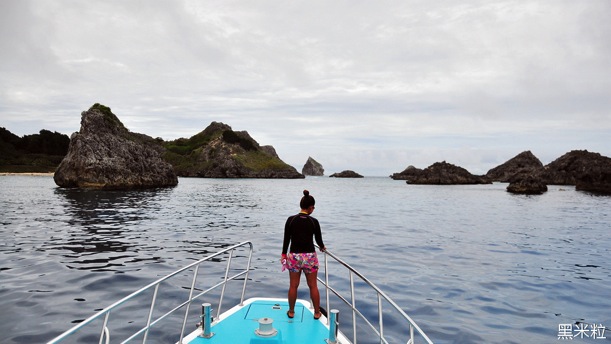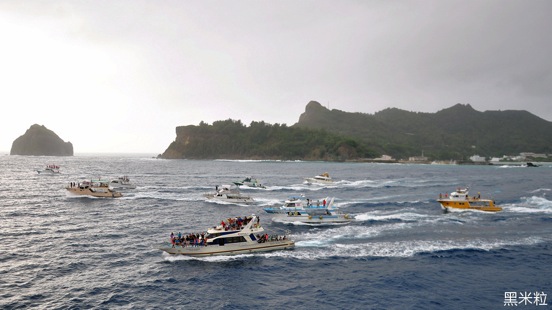Day 1
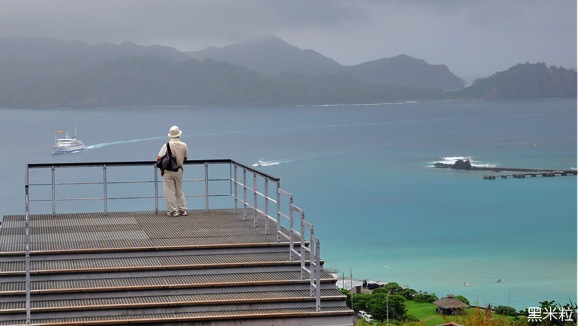
Overlooking the beautiful sea of the Ogasawara Islands.
The Ogasawara Islands have plenty of tourist attractions. The islands visitors can explore Chichi-jima, Haha-jima, Ani-jima, and Minami-jima. The islands have diverse vegetation, with more than half consisting of native Ogasawara plants.
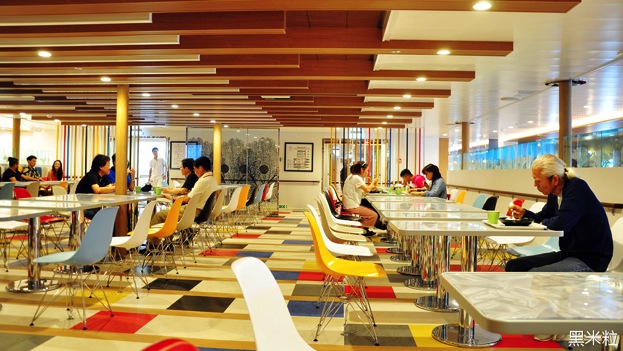
The restaurant on the boat
To reach the Ogasawara Islands, you need to take the Ogasawara Maru ferry from Tokyo's Takeshiba Port, which takes 24
hours. The Ogasawara Maru ferry operates on a six-day cycle for round trips to and from the Ogasawara Islands. Each leg of the
journey takes one day, with a three-day stopover on Chichi-jima.
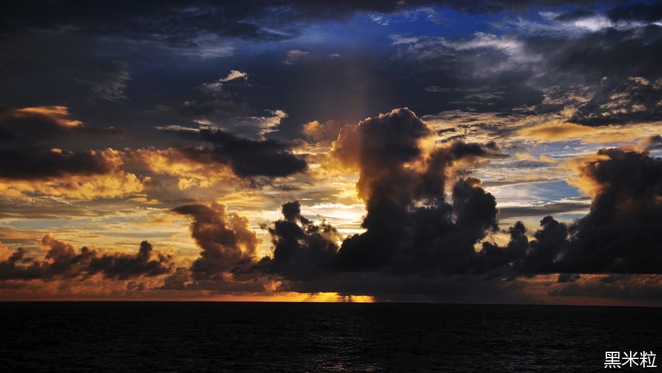
The stunning sunset and evening glow over the Pacific Ocean.
Departure from Tokyo's Takeshiba Port at 11:00 AM. The ferry journey takes 24 hours. You can enjoy the sunset and sunrise over the Pacific Ocean on the ferry. You can also freely access maps and tour information about the islands on board, helping you prepare for your onshore exploration.


